BPH Symptom Checker
Symptom Assessment Tool
This tool helps you evaluate your urinary symptoms and determine if you should consult a doctor about possible BPH.
Quick Takeaways
- Benign Prostatic Hyperplasia (BPH) affects about 50% of men by age 60.
- Early signs include frequent trips to the bathroom, especially at night.
- Weak or interrupted urine flow often signals the prostate is pressing on the urethra.
- If you notice blood in urine, sudden inability to pee, or severe pain, get medical help right away.
- Lifestyle tweaks and medication can keep symptoms manageable for most men.
What is Benign Prostatic Hyperplasia?
When men reach their 50s, Benign Prostatic Hyperplasia is a common, non‑cancerous enlargement of the prostate gland. The enlarged gland squeezes the urethra, leading to a variety of urinary changes that many men mistake for normal aging.
Unlike prostate cancer, BPH does not spread to other parts of the body, but it can seriously affect quality of life if left unchecked.
How BPH Shows Up: The Most Common Symptoms
Below are the hallmark signs that most men notice first. Recognizing them early helps you decide whether a doctor’s visit is needed.
- Urinary Frequency - feeling the need to pee more than eight times in a 24‑hour period.
- Nocturia - waking up two or more times at night to urinate.
- Weak Urine Stream - a noticeably slower flow that may dribble at the end.
- Feeling of incomplete bladder emptying after finishing.
- Sudden, urgent need to urinate (urge incontinence).
- Intermittent stream - the flow starts and stops repeatedly.
These symptoms often appear together, but you don’t need to have all of them for BPH to be a concern.
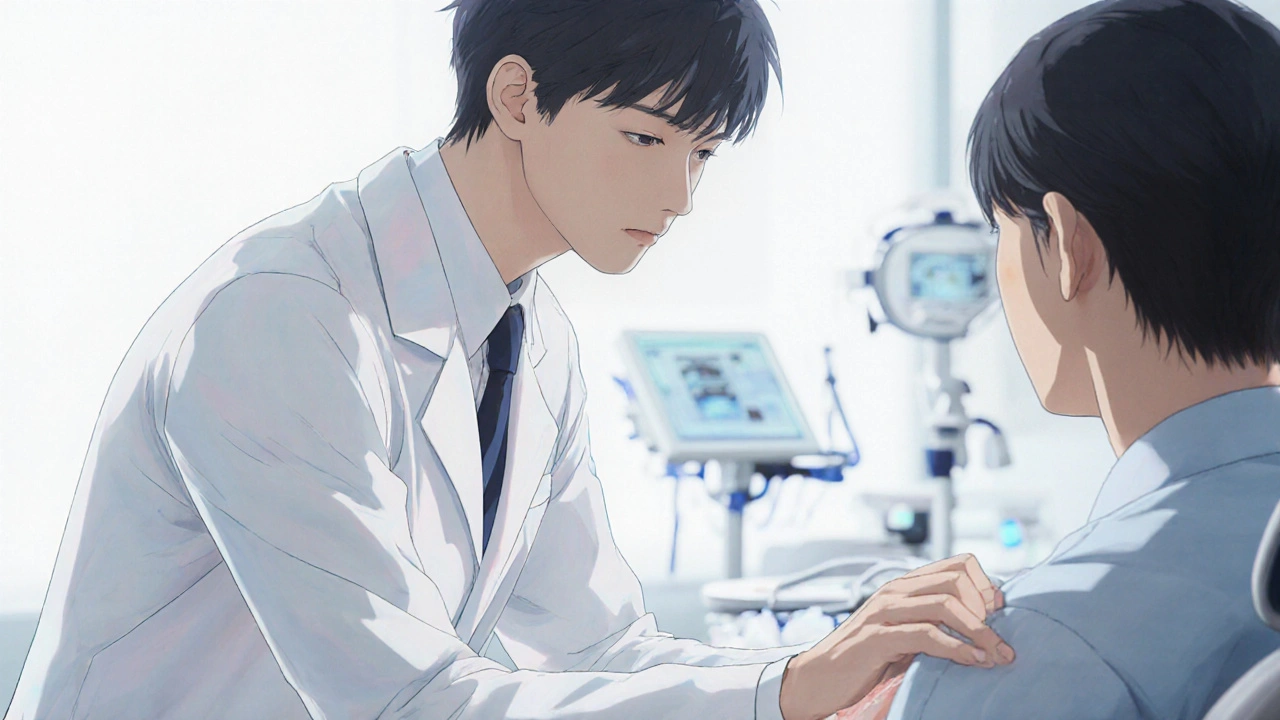
When to Worry: Red‑Flag Symptoms
Most signs are manageable, yet a few require immediate medical attention:
- Blood in urine or semen (hematuria).
- Severe pain during urination or in the lower back.
- Sudden inability to start or stop a urine stream (acute urinary retention).
- Fever, chills, or a feeling of being very unwell - could indicate a urinary tract infection triggered by BPH.
These warning signs suggest complications like bladder stones, infection, or kidney damage, and should prompt a doctor’s visit without delay.
How Doctors Diagnose BPH
The diagnostic pathway is straightforward and often completed in a single office visit.
- Medical History: Your doctor will ask about the frequency, timing, and strength of your urine stream.
- Physical Exam: A digital rectal exam (DRE) lets the clinician feel the prostate’s size and texture.
- Urine Tests: Rule out infections, blood, or other abnormalities.
- Prostate‑Specific Antigen (PSA) Test: Prostate‑Specific Antigen levels help differentiate BPH from prostate cancer.
- Imaging: An ultrasound or a bladder scan may be ordered if the doctor suspects retention.
- Uroflowmetry: Measures the speed of urine flow to quantify obstruction.
Most men are diagnosed based on history, DRE, and PSA alone; advanced imaging is reserved for complicated cases.
Treatment Options: From Lifestyle Tweaks to Surgery
Because BPH progresses differently for each individual, treatment is tailored to symptom severity and overall health.
1. Watchful Waiting
If symptoms are mild, doctors often recommend monitoring. Simple changes can make a big difference:
- Limit caffeine and alcohol after dinner.
- Stay hydrated but avoid excessive fluids before bedtime.
- Schedule bathroom trips rather than waiting for urgency.
2. Medications
Two main drug families have proven efficacy:
- Alpha Blockers - relax the muscles around the prostate and bladder neck, improving flow within days.
- 5‑Alpha Reductase Inhibitors - shrink the prostate over several months by blocking the hormone that drives growth.
Combination therapy (alpha blocker + 5‑alpha reductase inhibitor) works best for men with larger glands.
3. Minimally Invasive Procedures
When medications aren’t enough, doctors may suggest:
- Transurethral Microwave Therapy (TUMT) - heats prostate tissue to reduce size.
- Transurethral Needle Ablation (TUNA) - uses radiofrequency energy.
4. Surgery
For severe obstruction, the gold‑standard surgery is Transurethral Resection of the Prostate (TURP). During TURP, a surgeon removes excess prostate tissue through the urethra, instantly relieving blockage. Newer laser techniques (HoLEP, GreenLight) offer comparable outcomes with less bleeding.
5. Emerging Therapies
Research in 2024 introduced a novel oral medication that targets the estrogen pathway, showing promise in reducing gland size without the sexual side‑effects common to 5‑alpha inhibitors.

Self‑Care & Lifestyle Strategies to Ease BPH symptoms
Even if you’re on medication, everyday habits can keep discomfort at bay:
- Pelvic Floor Exercises - gently contract the muscles you’d use to stop urine flow; repeat 10‑15 times, three times a day.
- Maintain a healthy weight - excess fat raises estrogen levels, which can fuel prostate growth.
- Eat a diet rich in fruits, vegetables, and omega‑3 fatty acids; research links lycopene (found in tomatoes) to slower BPH progression.
- Stay active - regular walking or swimming improves circulation to the pelvic organs.
- Avoid constipation - fiber and adequate water keep stools soft, reducing pressure on the bladder.
These practical steps complement medical therapy and often reduce the need for stronger interventions.
Frequently Asked Questions
Can BPH lead to prostate cancer?
No. BPH and prostate cancer are separate conditions. However, because both cause urinary changes, doctors often test PSA levels to rule out cancer when diagnosing BPH.
Is it normal to need to urinate at night after age 50?
A small increase in nighttime urination is common, but waking more than twice per night (nocturia) often signals BPH and should be evaluated.
Do natural supplements help with BPH?
Some men find relief with saw‑tooth oak extract, beta‑sitosterol, or pumpkin seed oil, but evidence is mixed. Always discuss supplements with your doctor to avoid interactions.
How long does medication take to improve symptoms?
Alpha blockers can work within days, while 5‑alpha reductase inhibitors usually need 3‑6 months to shrink the gland enough to notice a difference.
When is surgery the right choice?
Surgery is considered when medication fails, when acute urinary retention occurs, or when bladder damage is evident on imaging.
Next Steps
If you’ve recognized any of the symptoms above, schedule a visit with a urologist. Bring a list of your daily fluid intake, any over‑the‑counter supplements, and a record of how often you pee, especially at night. Early detection keeps treatment simple and helps you keep living comfortably.
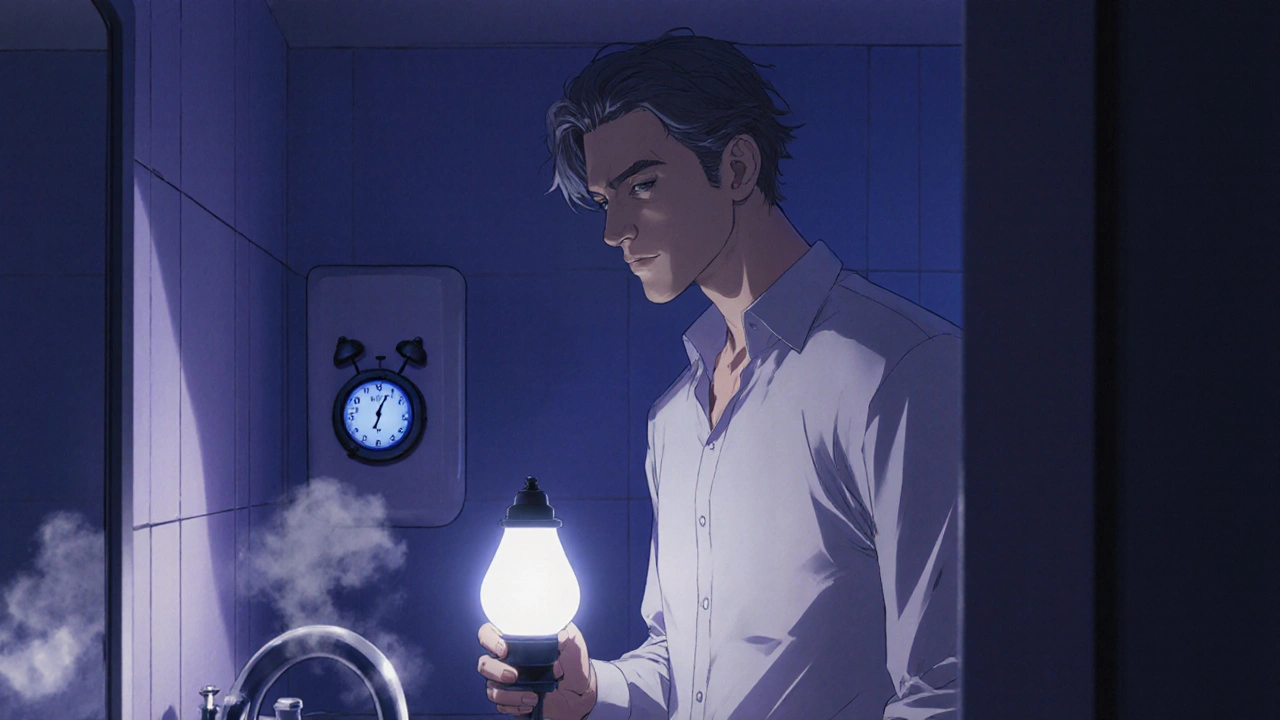
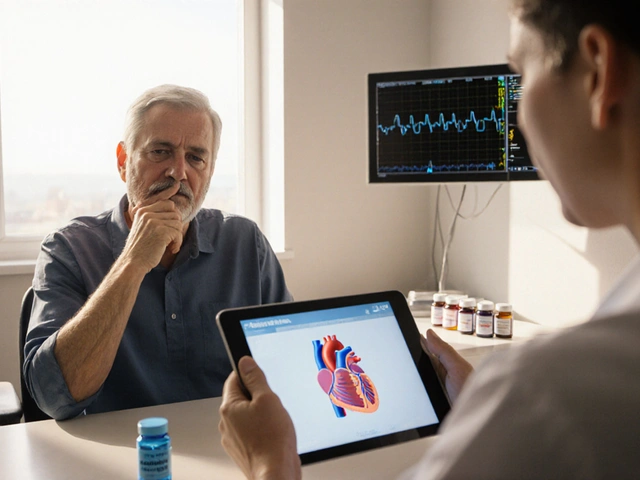

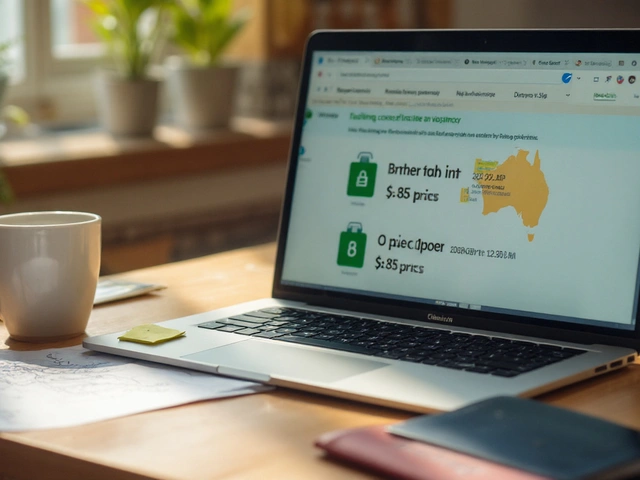
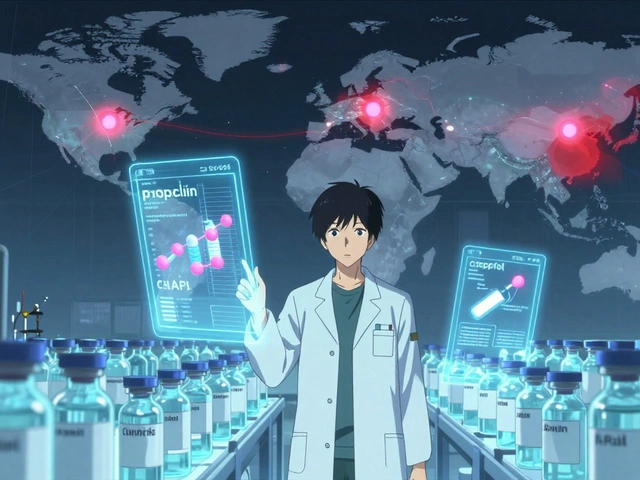
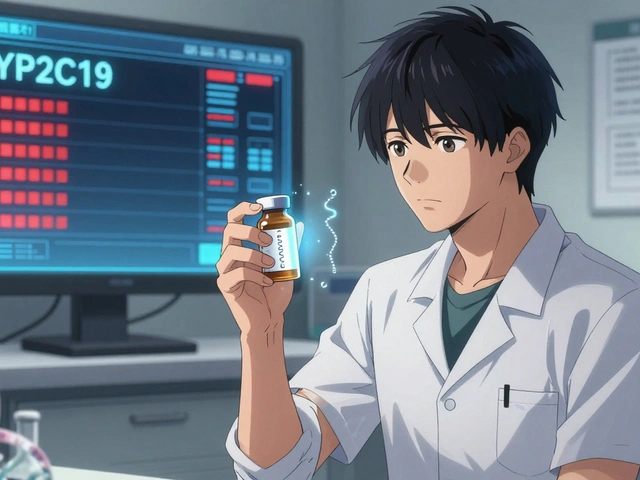
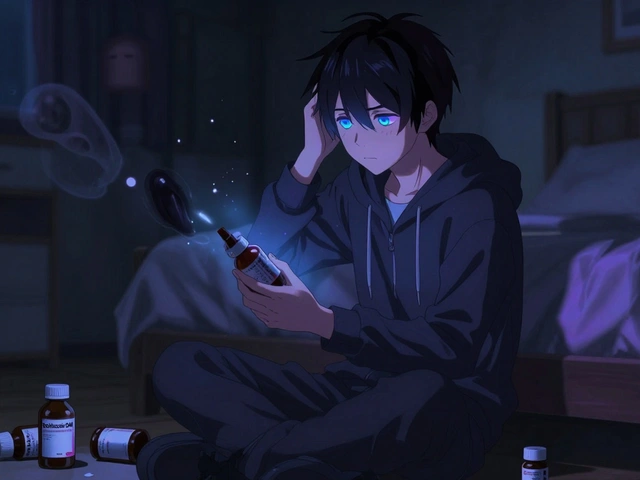
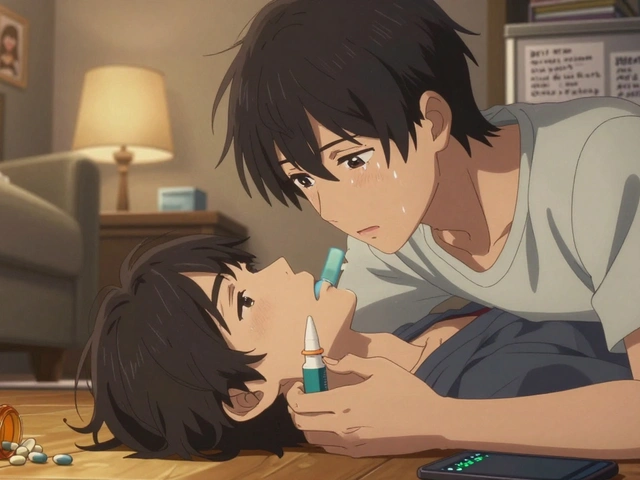
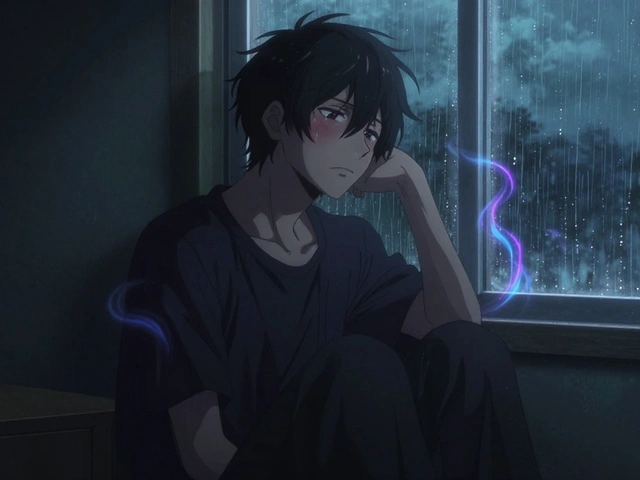
Steven Young
Most men don’t realize they’re being turned into test subjects by the pharmaceutical giants who push pills for profit instead of real solutions.
Holly Green
It’s irresponsible to ignore proven lifestyle changes when medication could be a last resort.
Craig E
When the bladder becomes a restless poet, its whispers echo the body’s deeper yearning for balance; recognizing these signals is akin to listening to an ancient sage whispering from within.
Caleb Clark
Alright guys, let me break this down for you step by step.
First off, if you find yourself running to the bathroom more than you run to the fridge, that’s a red flag.
Second, the night-time trips – they’re not just a sign of aging, they’re a signal from your prostate screaming for attention.
Third, a weak stream is like a faucet that’s been clogged, you know the feeling?
Fourth, the feeling of not emptying fully is basically your bladder holding a grudge.
Fifth, those sudden urges are like fireworks you didn’t ask for – annoying and unexpected.
Sixth, an intermittent stream is the body’s way of telling you to get checked before things get worse.
Seventh, diet plays a role – too much caffeine and alcohol are like gasoline on a fire.
Eighth, staying active keeps the whole pelvic area in good shape like a well‑oiled machine.
Ninth, weight management matters because extra fat can boost estrogen which fuels prostate growth.
Tenth, pelvic floor exercises are simple but they work like a secret weapon.
Eleventh, keep an eye on any blood in urine because that’s never normal.
Twelfth, if you feel sharp pain in the lower back it could mean a blockage is forming.
Thirteenth, regular check‑ups with a urologist are like maintenance for a car – you catch problems early.
Fourteenth, medication can help but they’re not a magic bullet and may have side effects.
Fifteenth, if meds fail, there are minimally invasive procedures that can shrink the gland without major surgery.
Sixteenth, and finally, don’t ignore the symptoms – address them early and you’ll keep living comfortably.
Eileen Peck
From a practical standpoint, reducing caffeine after dinner and incorporating a short walk after meals can significantly lessen nocturnal trips; I’ve seen many patients benefit from these simple tweaks.
Sireesh Kumar
Wow, Craig, you’ve captured the essence of the struggle perfectly – it’s like a tragic drama where the hero battles an unseen villain, and the audience (us) watches helplessly while the prostate takes center stage.
Jonathan Harmeling
While it’s easy to point fingers at big pharma, we must also acknowledge personal responsibility in monitoring our health before it spirals out of control.
Ritik Chaurasia
In many cultures, especially in South Asia, we treat the prostate issue with a blend of herbal remedies and community support, so dismissing lifestyle changes overlooks centuries of collective wisdom.
Gary Marks
Caleb, I get your enthusiasm but let’s not romanticize the “secret weapon” vibe – there’s no magic wand here, just solid science and real-world results. First, the clichés about “fueling a fire” with caffeine are overused, yet they hold truth. Second, the claim that pelvic exercises are a “secret weapon” sounds like marketing fluff, but the data backs it up. Third, weight management isn’t just about looks; it directly influences hormonal balance. Fourth, the whole “maintenance for a car” analogy is apt, but we need to actually schedule those check‑ups. Fifth, the list you provided is exhaustive, maybe too exhaustive for the average reader. Sixth, people need clear actionable steps, not a novel. Seventh, while minimizing medication side effects is valid, we shouldn’t downplay their efficacy when needed. Eighth, let’s keep the drama in movies, not in medical advice.
Kelly Brammer
It’s commendable to suggest practical tips, but we must also stress that neglecting these simple changes can be a moral failing towards one’s own well‑being.
Ben Collins
Oh absolutely, because every bathroom break is clearly the climax of an epic saga we didn’t sign up for.
Denver Bright
Interesting point, Jonathan, though I’d add that ignoring the pharmaceutical angle entirely might leave some gaps in the conversation.
Kelli Benedik
😂 Honestly, Ben, your sarcasm hits harder than a bad night of sleep – but hey, at least we’re all awake now! 🌟
cariletta jones
Take action early and live comfortably.